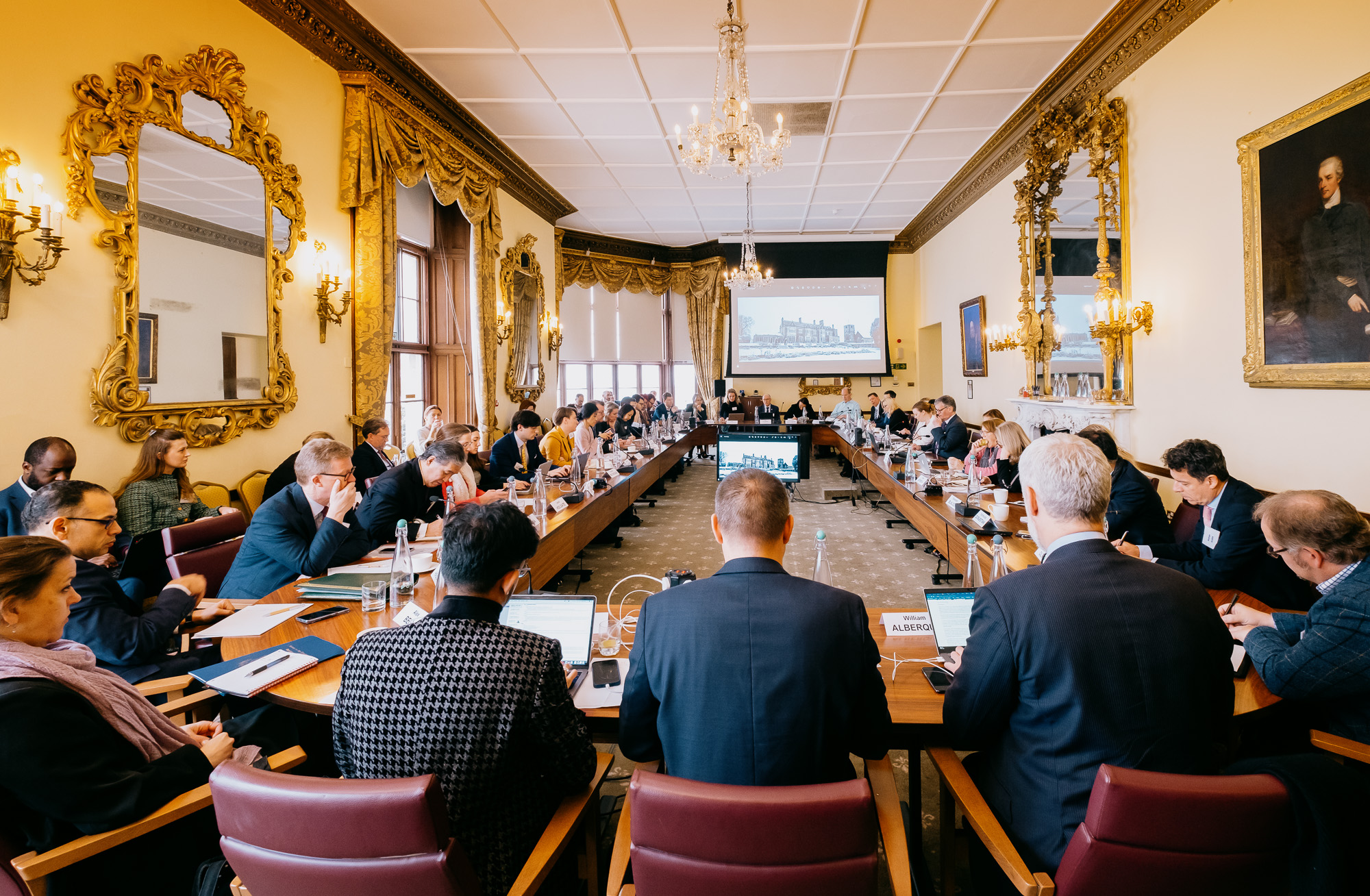- The current IAEA framework requires attention. The IAEA continues to implement its safeguards mission for the NPT, but both new challenges and new responsibilities have arisen. In 2022, the Agency conducted 60 peer reviews to address new trends and challenges, such as how to release heavy water from Fukushima, nuclear harmonisation and standardisation for small module reactors, and building cybersecurity capacity. Today, new technologies and facilities present novel challenges to implementing safeguards. There is also a lack of knowledge or misrepresentation of safeguards by States Parties as well as the general public, which will impact the mission and abilities of the IAEA. There is growing demand for wider implementation of the Additional Protocols, greater insurance of the IAEA legal authority, and increased funding for safeguards. Coordination between technical sectors, civil society, and the IAEA will be essential for the safeguards mission moving forward, especially if there is reduced confidence in civilian purposes of nuclear reactors.
- At the 10th Review Conference, the most contentious issue the Agency faced was the safety and security of Ukrainian nuclear power plants during the ongoing war. In March and April, the IAEA sent a mission to Ukraine to assess the nuclear safety and security of the ZNPP based on the seven indispensable pillars: physical integrity, functionality of nuclear safety, operating staff fulfilment of duties, secure off-site power, uninterrupted supply chains and transportation, effective on-site and off-site radiation monitoring systems and emergency response measures, and reliable communications with the regulators. In addition to the safety and security of Ukrainian nuclear power plants, discussions at RevCon also focused on nuclear safety in relation to disarmament as well as control of sensitive technology and how to address when issues outside of the NPT are brought into RevCon. Both these issues will likely continue to play a role in future PrepCom and RevCon discussions.
- Regarding the peaceful uses pillar, China pushed for naval nuclear safeguards and for AUKUS to be a testbed for how to safeguard all materials in a naval fuel cycle. The United States, Australia, and Brazil argued that providing such sensitive military information was outside the scope of the IAEA mandate. Despite this contentious issue, the peaceful uses discussion in the 2022 draft final document was the most forward-looking of any section, largely due to the topic’s relation to the UN’s Sustainable Development Goals (SDGs). The IAEA discussed the potential benefits of nuclear energy as an alternative to fossil fuels, especially as small modular reactors may offer affordable, flexible, and safe designs. The IAEA’s Technical Cooperation Fund (TCF) is one way to implement national, regional, and interregional technical cooperation projects that fall under the peaceful uses pillar. In the midst of a challenging security environment, focusing on progress within peaceful uses may be an easier way to demonstrate commitment to the NPT.
